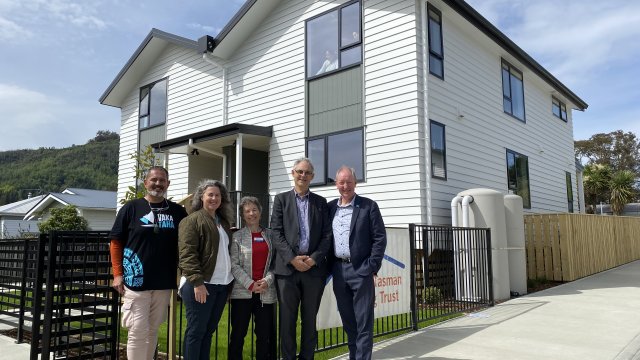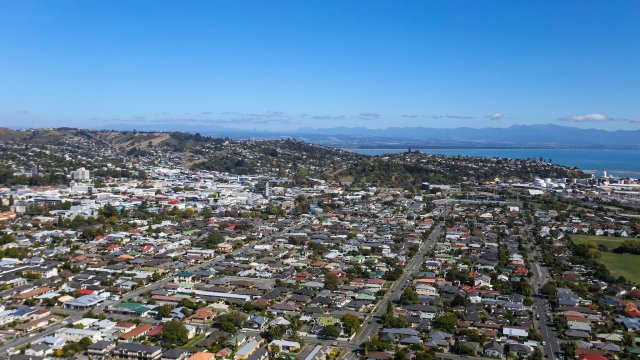How we are addressing Nelson’s housing capacity shortfall
11/08/2021 2:48amThe Nelson Housing and Business Capacity Assessment (HBA) was adopted at Nelson City Council’s Urban Development Subcommittee meeting on Thursday, 29 July.
The HBA found that under our current situation, Nelson has a long-term housing capacity shortfall of 864 homes and a commercial business land shortfall of 8.7 hectares.
Housing capacity is a measure of the number of new houses our region can potentially build. This is determined by planning regulations, zoning, and the amount of land serviced by infrastructure such as water and roading.
Nelson Mayor Rachel Reese says it is important to remember that the HBA is a snapshot in time, using current rules and guidelines.
“What it doesn’t capture is the work Council is already doing to address this deficit, and we expect to see a very different picture when those new plans come online. Our Long Term Plan consulted on intensification of our City Centre, affordable and social housing collaborations with Kāinga Ora, and included a $496 million investment in infrastructure, which will go a long way to increasing housing capacity.
“Zone changes through the Whakamahere Whakatū Nelson Plan will make it easier to develop higher density housing and smaller homes. And that’s without considering future greenfield developments, that we know are vital to address housing supply shortfalls.”
Mayor Reese said Council is actively seeking to draw on the Infrastructure Acceleration Fund, a central government initiative designed to accelerate infrastructure that increases housing capacity.
“We have made one application to the fund, but also worked with local developers to support them in accessing this money as well. By bringing forward these infrastructure projects we aim to see a faster response to housing supply issues in our region.”
The findings of the latest HBA have now been incorporated into the draft Whakamahere Whakatū Nelson Plan document. This has already led to changes such as the inclusion of smaller minimum lot sizes; higher maximum site coverage; removal or refinement of courtyard/outdoor living rules and changes to maximum building heights.
At the same time, a new joint Future Development Strategy is also being developed in conjunction with Tasman District Council that will inform how growth is managed for the next 30 years. Both councils are working on the strategy with the aim of releasing it to the public for consultation in 2022. The new strategy will also help inform the 2024 Long Term Plan of both councils.
Nelson has sufficient business land overall, according to the report, but when split between commercial (retail) and industrial there is a shortfall of 8.7ha for commercial (retail). Some rezoning of industrial land will reduce that shortfall, and when spread across the Nelson-Tasman region there is enough land for both industrial and commercial.



